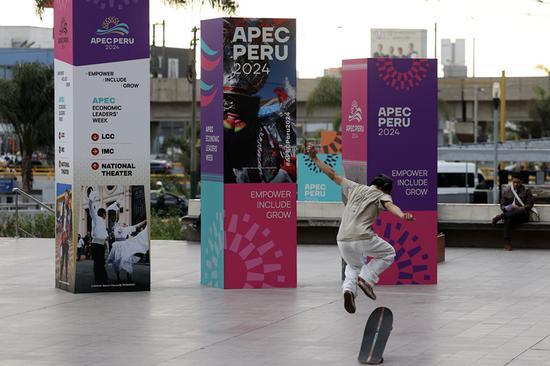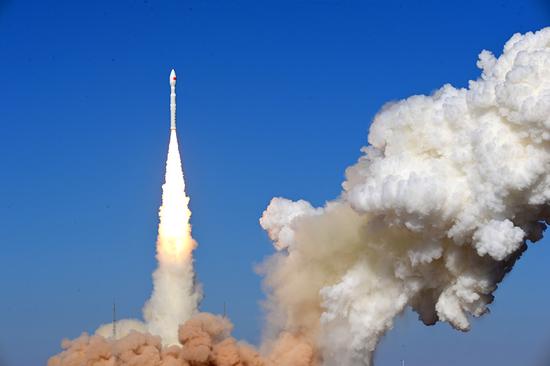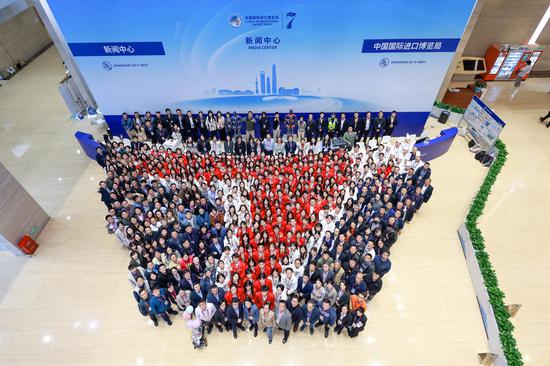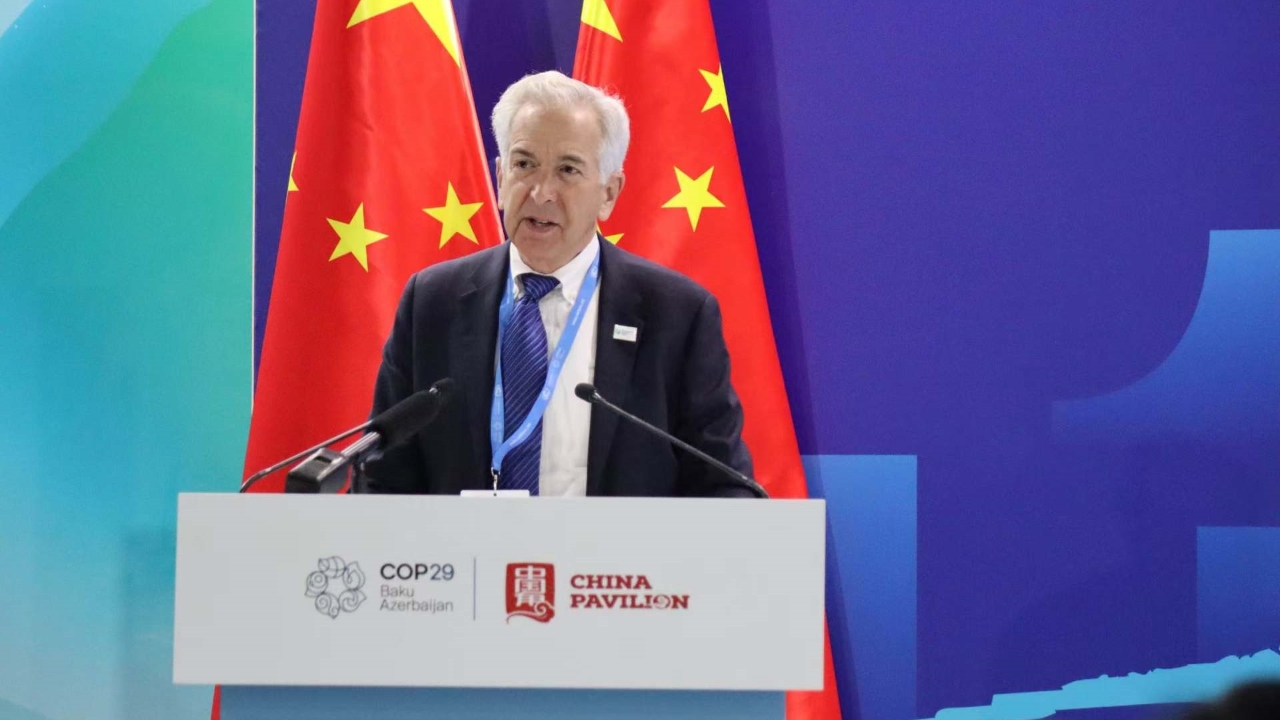CGN Nuclear Technology Development, a subsidiary of China General Nuclear Power Group (CGN), recently announced that it produced the first proton therapy cyclotron at its facility in Mianyang, Sichuan province, last week.
The machine is part of CGN's healthcare division's commitment to accelerating the localization of proton therapy systems, recognized as the gold standard in precise cancer treatment, in response to the increasing number of cancer patients in the country.
According to public data on malignant tumors, China reported 4.57 million new cancer cases in 2020, accounting for 23.7 percent of the global total, with a mortality rate of 3 million, approximately 30 percent of the worldwide figure. CGN intends to meet the demand for treatment.
Duan Weisheng, the chief designer for CGN's strategic project on proton therapy, said that CGN had achieved full autonomy and control over the entire process, including research and development, supply chain management, manufacturing, installation and commissioning.
He expected that by 2027, more than 50 percent of the 227 primary components of the proton therapy system will be produced domestically, with localization expected to exceed 80 percent by 2030.
"As demand for proton therapy equipment grows, we anticipate that the costs of both the equipment and its maintenance will decrease, ultimately benefiting a larger number of cancer patients in the future," Duan told the press.
In 2020, the listed company acquired advanced multi-room proton therapy technology from Belgium's Ion Beam Applications (IBA) and began establishing the production facility in Mianyang.
According to Duan, the new system features the first domestically manufactured 360-degree rotating gantry, which boasts the world's largest irradiation field at 30 cm by 40 cm and the smallest beam spot size. These features allow for precise angle adjustments to irradiate tumor sites accurately without moving the treatment bed, significantly reducing field junctions.
He added that this capability offers significant advantages for treating tumors in areas such as the nasopharynx, head and neck, and pelvic region.
Tang Hongbo, deputy general manager of CGN Medical Technology (Mianyang) Company, emphasized that although there is substantial demand for proton therapy machines in China, the promotion and application of this technology are still in the early stages.
He also pointed out that China requires about 700 proton therapy rooms, yet fewer than 100 have been completed or are under construction.


















































 京公网安备 11010202009201号
京公网安备 11010202009201号